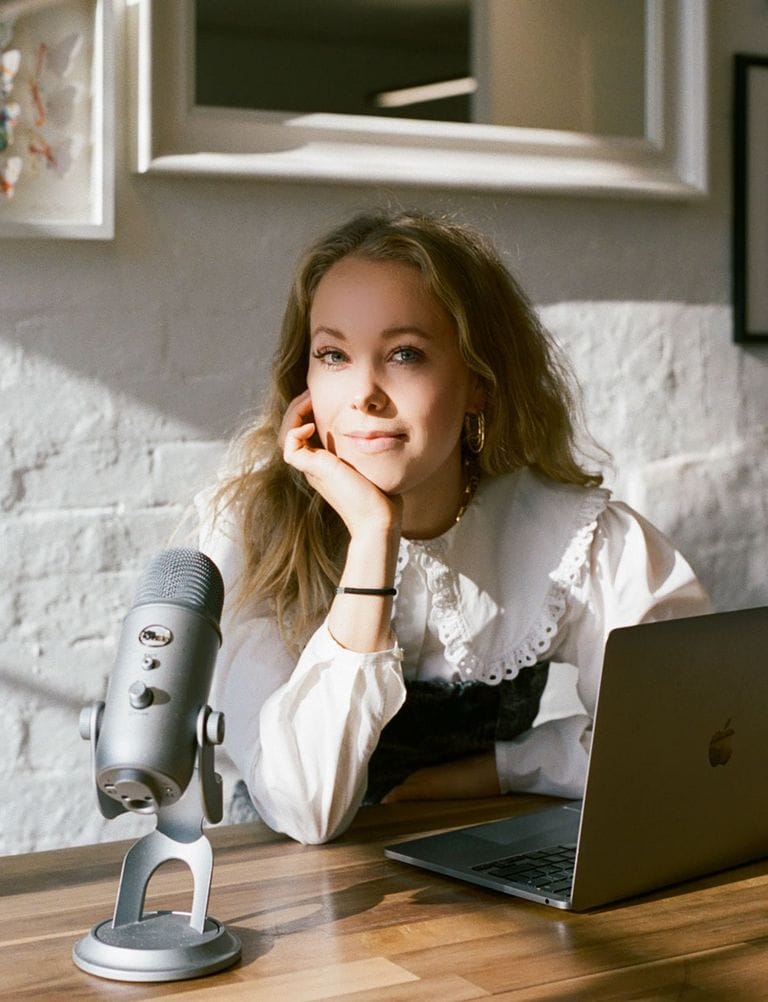Poppy Jamie's Flexible Thinking method could help you embrace your future and stop panicking about what lies ahead.
By Poppy Jamie

Photo by Dave Krugman
Poppy Jamie is an entrepreneur, mental health activist and one of Forbes’ 30 Under 30. She launched the Not Perfect podcast and the Happy Not Perfect app after four years of aggregating behavioural studies and developing the app with neuroscientists, researchers, and her psychotherapist mother. She launches her first book, Happy Not Perfect, which offers advice about how to overcome uncertainty, perfectionism, and fears of rejection. Here, she talks us though how to use flexible thinking to stop us worrying about the future.
If you ever find yourself worrying about the future, rest assured that this is totally normal. The human brain is wired to predict and protect and so the thought of ‘not knowing’ what lies ahead can inevitably cause a great deal of stress and anxiety.
Biologically, we are wired to crave certainty and familiarity because this historically promoted the chances of our survival. The challenge we all face is balancing this natural need to 'know' with the fact that we never have 100 per cent certainty. Most of us fall into the trap of thinking that money, job titles or social validation are the solution to our worries, but all those things are an illusion and can be taken away as quickly as they can be given. In truth, the one thing strong enough to ease our worries for the future is self trust. By developing this, we become confident in our own ability to handle anything that comes our way.
I’ve received hundreds of messages over the years, via my The Not Perfect podcast, the Happy Not Perfect app and social media, from people who share the same anxieties and ask similar questions like: “Am I doing the right thing?” or “How do I know which decision to make?” It’s funny in a way because on the outside we think we’re different, but on the inside, we’re all the same. We are all trying to make good decisions in the hope that our basic needs are met - the desire to be loved, safe and accepted for who we are.
If you suffer from perfectionism and worrisome thoughts like me, then the Flexible Thinking method I’ve devised could be just what you need. My book takes you through my journey from stressful stiff thoughts to bendy ones, and shows you the endless benefits that come with a flexible mindset. For me, it has been life-changing and I am now able to diffuse my worries, develop inner trust and feel confident that I’m making the right decisions. The Flex method, as I like to call it, is made up of four simple steps. It works by turning our fear into useful energy, propelling us toward our truest values and most compassionate version of ourselves.

Courtesy image
This story originally appeared in Harper’s BAZAAR UK.



